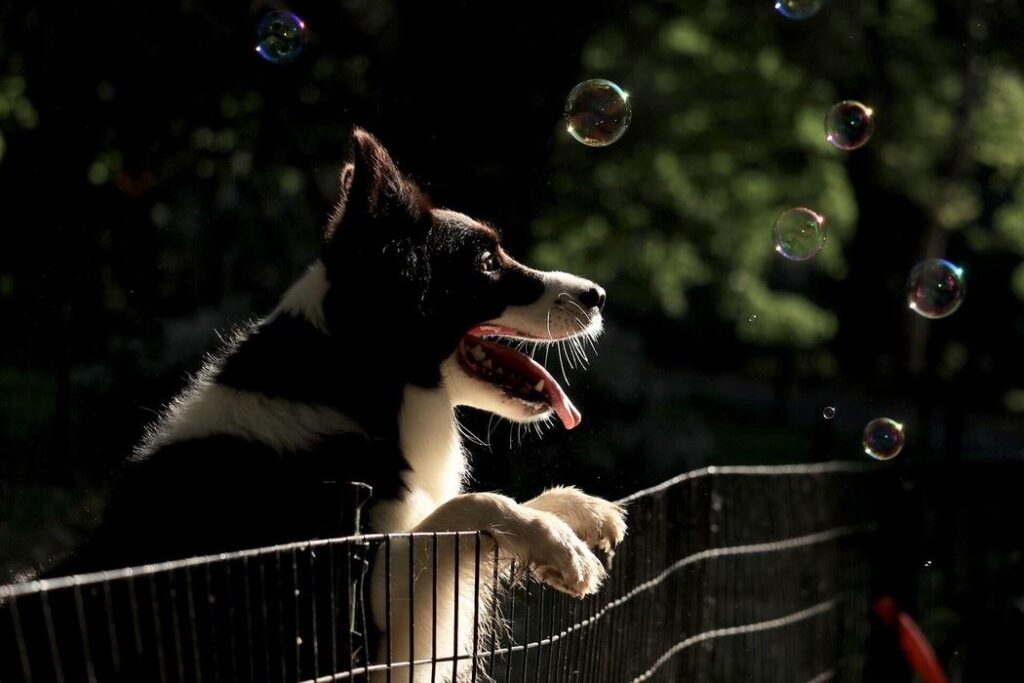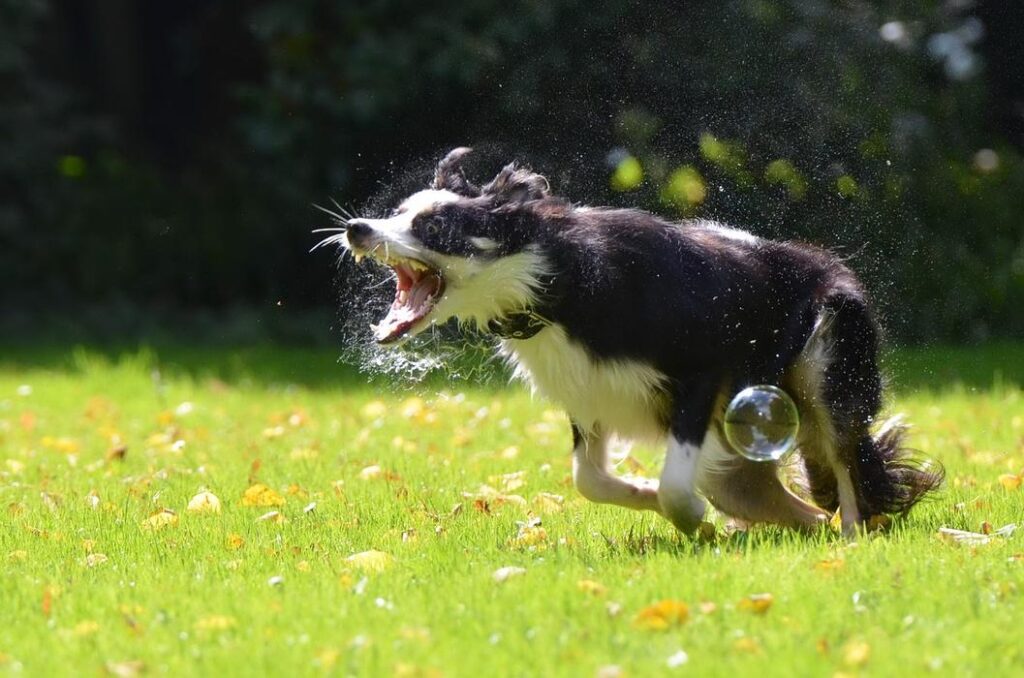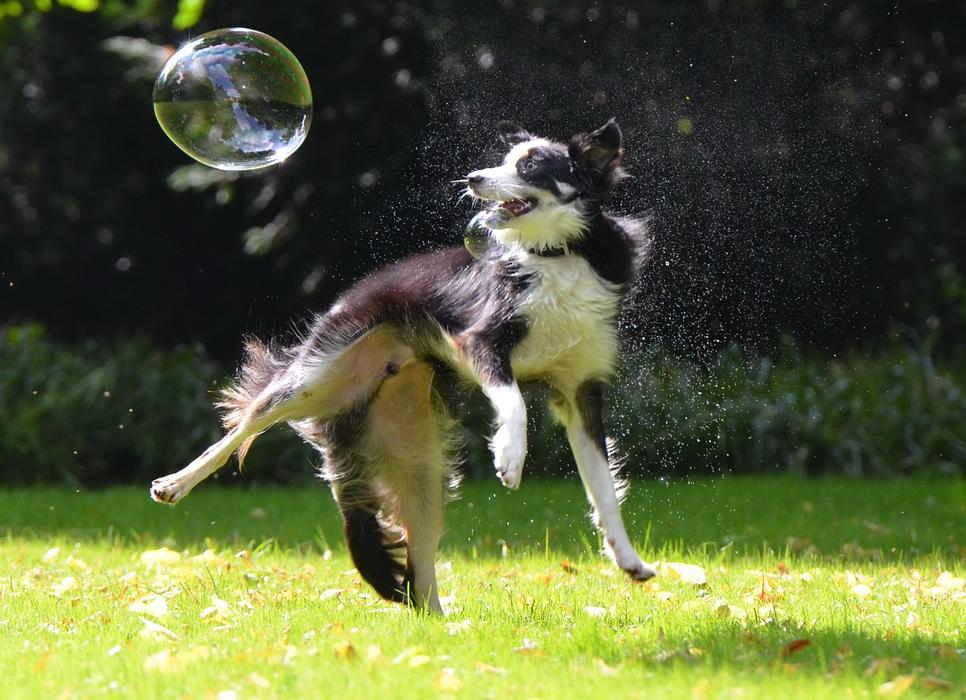Bubble theory dog training: Bubble Theory is like teaching dogs about personal space just like we humans have. Imagine everyone has an invisible bubble around them, and they feel safe inside it. Dogs are just the same! When we understand this, we can make training and living together more fun and less stressful for both the dog and its owner.
Understanding a Dog’s Personal Space
A dog’s personal space, or “bubble,” is their comfort zone. Think of it as an invisible shield around them that makes them feel safe. This space isn’t the same size for all dogs; it changes based on their personality, what they’ve been through in life, and how well they get along with others.
- Some dogs need a lot of room, while others are okay with being close.
- A dog’s past, like if it had scary experiences, can make its bubble bigger because it gets nervous more easily.
- How a dog acts when someone gets too close can tell you a lot. They might step back, look away, or even get a bit grumpy if they’re feeling crowded.
By paying attention to these signs and respecting their space, we can help dogs feel safe. This makes training easier and helps dogs learn to trust and relax around us.
Read More: Why Do Dogs Love Tennis Balls
The Benefits of Respecting the Bubble

When we respect a dog’s bubble, or personal space, amazing things happen. It’s like giving them a sense of security that says, “You’re safe with me.” This respect can make your dog happier and more relaxed. Here’s why it’s great:
- Building Trust: Just like making a new friend, when you’re nice and give them space, they trust you more. It’s the same with dogs. They start to see you as a friend, not someone to be scared of.
- Less Grumpiness: No one likes to be crowded all the time, right? Dogs feel the same. When they don’t feel pressured or scared, they’re less likely to snap or growl. This means fewer bad days and more happy, wagging tails.
- Learning Becomes Fun: Imagine trying to learn something new while you’re scared or uncomfortable. Not easy, right? Dogs learn better when they’re happy and relaxed, and respecting their space does just that. Training turns into a fun game, not a scary test.
Read More: How To Train a Cattle Dog
Practical Application of Bubble Theory in Training
Using Bubble Theory in training isn’t rocket science; it’s about being kind and understanding. Here’s how you can do it:
- Watch and Learn: Pay attention to your dog. Learn to read their “I need space” signs like stepping back or looking worried. It’s like learning a new language, the language of your dog.
- Go Slow: Introduce new people, pets, and places slowly. Imagine how you’d feel meeting a bunch of strangers all at once. Overwhelming, right? Dogs feel that too.
- Cheer Them On: Celebrate the little wins. If your dog feels comfortable enough to take a small step forward or even just relax a bit more around something new, that’s a big deal. Treats, praise, or a happy dance can go a long way.
- Flexibility Is Key: If something isn’t working, try something else. Just like people, dogs have their own likes and dislikes. What works for one dog might not work for another.
Tips for Owners Implementing Bubble Theory

Jumping into Bubble Theory with your dog? Here are some easy-peasy tips to make things smooth and fun:
- Be a Detective: Watch your dog like a detective. Look for clues on how they feel about their space being shared. Happy? Scared? Find out what makes them tick.
- Small Steps Win Races: Change doesn’t happen overnight. Take tiny steps toward getting your dog used to new friends, places, and things. It’s like dipping your toes in the water before jumping in.
- Party for Every Win: Did your dog do something awesome, like not freaking out when someone new says hi? Throw a mini-party with treats or their favorite game. It’s all about making good vibes.
- Plan B is Your Best Friend: If something isn’t working, switch it up. Dogs, like people, have their own likes and dislikes. Find what works best for your furry buddy.
Read More: Training Tips for Stubborn Dogs
Conclusion
Bubble Theory isn’t just a fancy dog training term; it’s a cool way of understanding how our dogs feel about their personal space. By paying attention to their bubbles, we can make our dogs feel safer, happier, and ready to learn all sorts of new tricks. It’s about building trust, making training a blast and strengthening that amazing bond between you and your dog. So next time you’re hanging out with your furry friend, remember their bubble and how much it means to them. Happy training!

